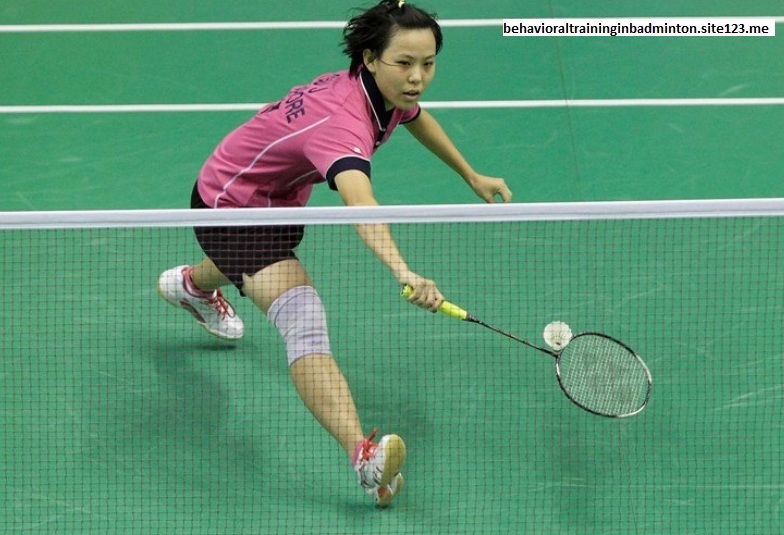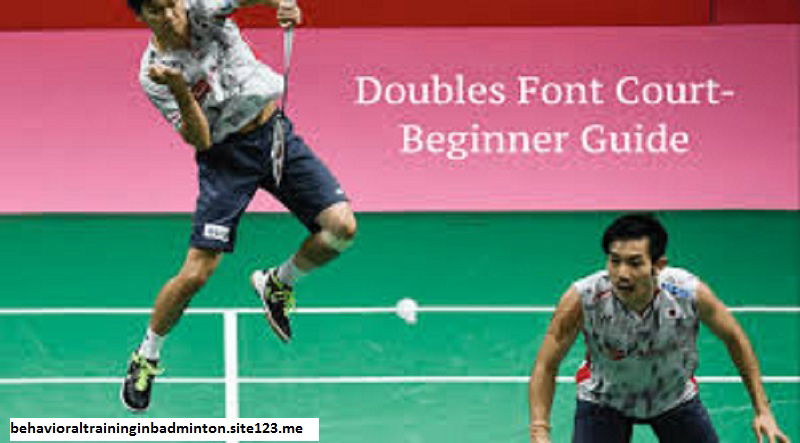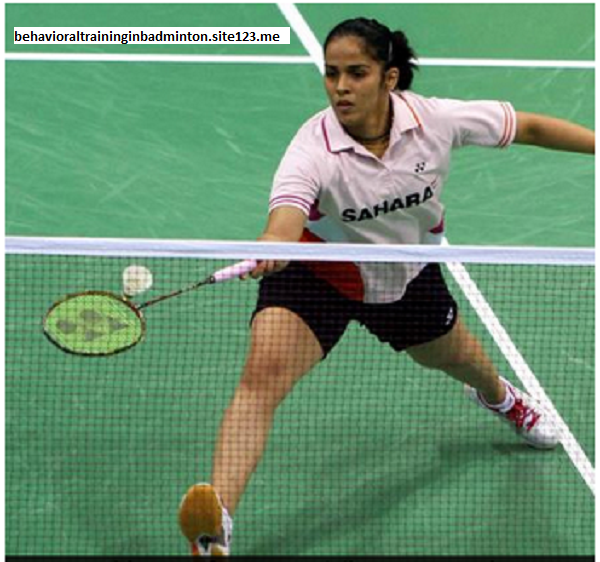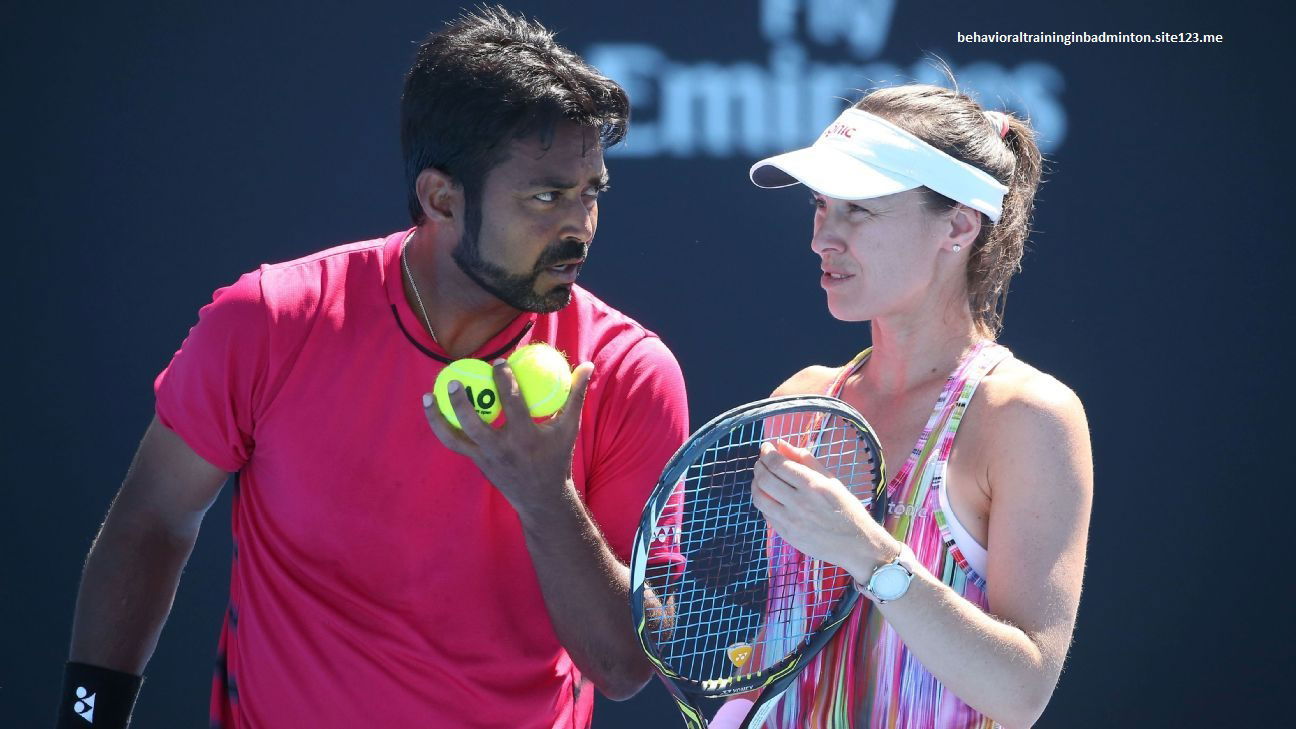Behavioral training in badminton
Behavioral training in badminton

Many German badminton players have the feeling that they can not fully develop their potential, especially in competition.
As a coach can be seen in the form of cramped movements in the rally and negative gestures, facial expressions, body language or corresponding verbal utterances that the player * fights with their own emotions instead of the opponent. It is striking that only very few players seem to have experienced patterns and thus a "tool" to improve the inner emotional situation.
So it could be an advantage for the German Badminton sport, if in the athlete training next to topics such as "What am I doing under pressure in the rear?" For example, KONTER = beginningless Halfsmash with a short loop and a quick first step from the corner! Targeted strategies for mental problems are also addressed.

Solutions: it can work so easily
So what do I do, for example, when I am very tense and this has an adverse effect on my performance? RELAX = breathe twice before the next ball change, let go of the grip, smile!
Can it be that easy? Experiences with players prove this. These or similar behaviors have been found to be helpful, they definitely give the player the feeling that they can do something instead of helplessly experiencing their own non-functioning. So far, however, such patterns are used only occasionally for competition preparation, usually even with older players, some of which already have mental problems. Interesting and desirable would be a systematic use in player-basic education before puberty.
find more info about new-year-captions-for-instagram
Basic considerations
For the game sport badminton, it is certainly advantageous if a coach is a relatively fearless, self-confident and purposeful type "in the arms", the way has a certain play instinct and can focus.
But that is rather rare and not exactly promoted in the socialization systems of our society. Thus, it can actually be assumed that certain behaviors still have to be trained and trained.
It is known from psychology that human types and their values can only be influenced with difficulty and long-term. Thus, the focus of mental training for badminton players should be on practicing behaviors, rituals and patterns that make sense in certain situations. After all, nothing is as good to control in badminton as the behavior in the rally breaks. There is also the time of use for the patterns of behavior.

Characteristic problem situations in badminton
Which problem situations are typical for the badminton game and therefore often to be observed? It is assumed that the attitude is right. The player wants but can not. What can this be? Here is a list, the order is random:
a. Over-tension: Player is hard, tight
b. Overactivity: player is restless, hectic, without clear action strategy (eventually also a form of overvoltage)
c. Paralysis: Player is soft, without power, without power
These are the three possibilities of an unfavorable tension in the competition.
From our point of view, it is also not important for the use of the opposing patterns in the field, which is the underlying emotion of the over-tension or paralysis.
Decisive is a pattern that reduces the tension in case of over-tension and over-activity and activates the player in case of paralysis!
Thus, every badminton player should acquire behaviors that he uses when he identifies one of the above problem situations.

Helpful behavior patterns in badminton
1) relaxation pattern
2) activation pattern
To 1)
What the relaxation pattern looks like can vary greatly from athlete to athlete. Theoretically, conscious brief muscle relaxation, calm breathing, smiling, thinking of certain words or pictures, etc., can lead to the desired relaxation. The trainer can first make suggestions for a pattern to his players and then let them try it out.
To 2)
Activation may be appropriate: short-term muscle tension, loud exclamation, tripping feet quickly, straightening the body, looking at the opponent, etc.
Which behavior patterns are also useful and helpful in the sport of badminton?
In a nutshell, all the patterns that make you feel good in the competition and create self-confidence. It also implies that the player needs patterns that give him positive energy:
3) Self-support pattern
To 3) Self-supporting patterns are used in the project work of the German Badminton Association. It is always about a reward of good actions in the self-talk of the players. In the U19 national team there are 3 levels of self-support:
Level 1 is the "OK" after own mistakes. The word "OK" or even "yes" or "yes" is awarded to itself, combined with lifting of the head. The goal is not to be emotionally pulled down by mistakes.
Level 2 is for the situation of your own point win. Stage 1 is intensified, the clenched fist comes to it. Important, because in badminton every point counts the same, the player should draw energy from every point.
Level 3 applies at important or spectacular points. Level 1 and 2 are extended, eg by running to the net (as Stefan Edberg at the time). Joy is a great source of energy, a good athlete should be able to celebrate beautiful things.
Continuous self-support is a great help because it makes it more difficult for negative emotions or irrelevant thoughts to "spread in the athlete's head".

Summarized once again the idea of how we authors can imagine a behavioral training for badminton players concretely:
· In the basic training of players, the topic "Behavior patterns for successful play" will be briefly discussed and then coached as an important aspect over certain periods of time. Favorable for this is the arrangement of patterns between trainer and athlete, which are perceptible from the outside. Then the trainer can give the same feedback when applying or not using it as during the technique training
· In the further course of the game formation, individualizations of the patterns automatically result
Accompanying conversations between trainer and player eg for motivation / attitude or other emotional disturbing factors, which lead to an unfavorable tension level
· In the high performance range (top national squad or federal cadres) should then be additionally worked with a sports psychologist at the mental fine tuning. click here for more info..



